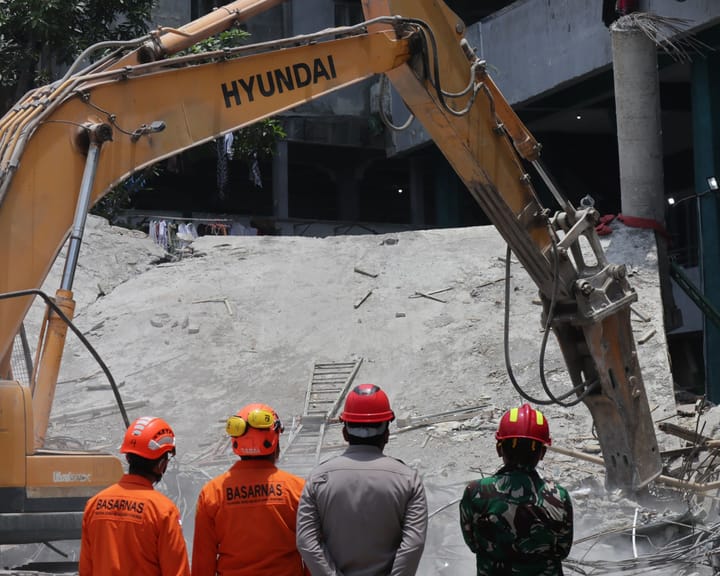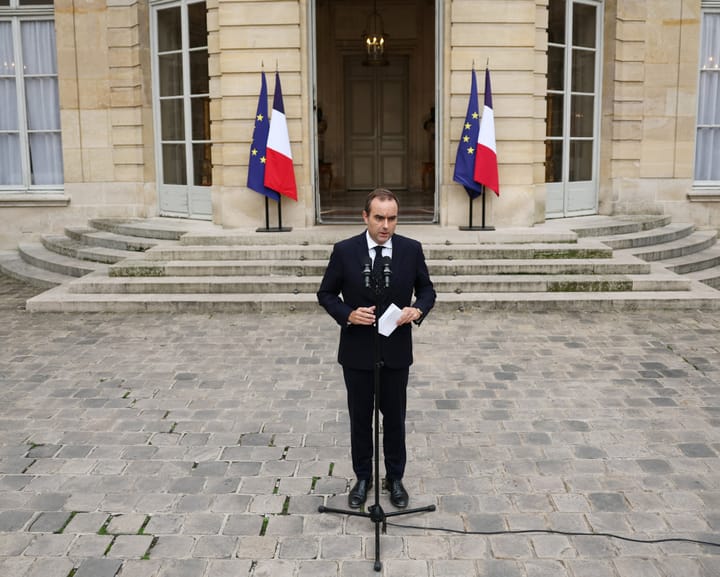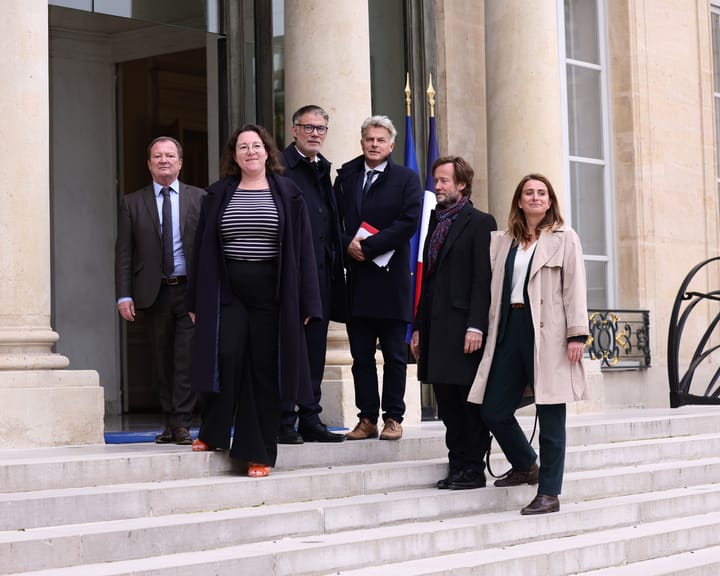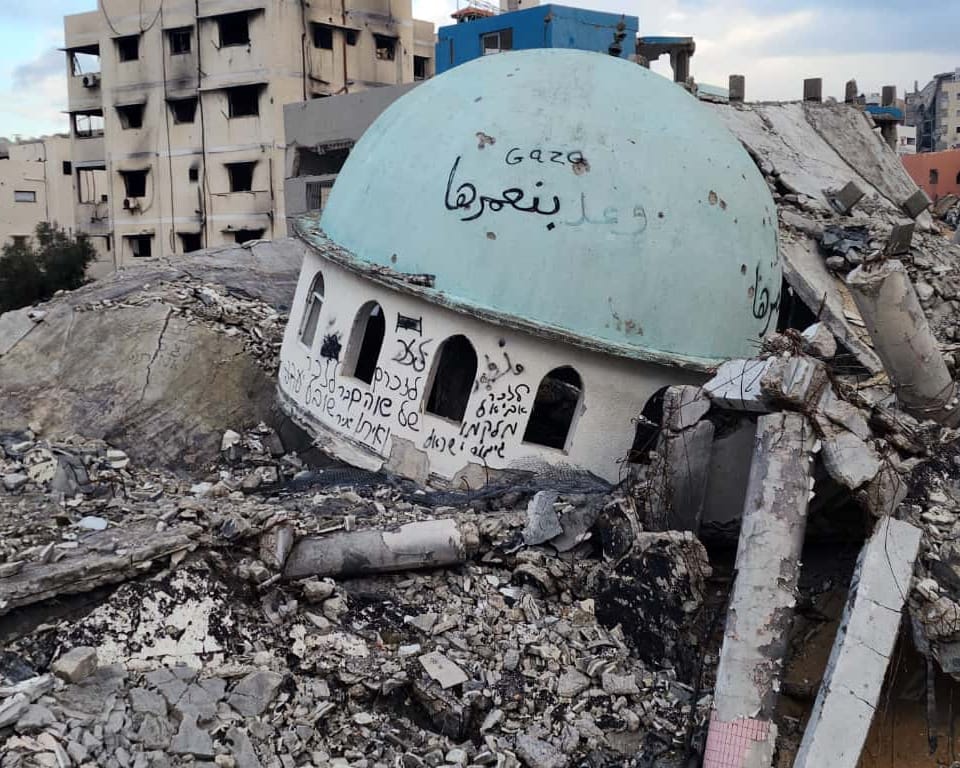Over the past two years in Gaza, the global community has observed one of the most severe assaults on civilians in recent times, with little success in halting it.
More than 66,200 individuals have lost their lives, while nearly 169,000 have been injured, amounting to roughly 10% of Gaza’s Palestinian population affected by Israel’s military operations.
Israel claims its focus is Hamas, yet over 80% of the fatalities have been non-combatants. A United Nations human rights assessment has described Israel’s actions in Gaza as genocidal.
Survivors have suffered extended famine due to the intentional restriction of food supplies by Israeli authorities, and much of Gaza has been rendered unlivable by military operations. A study from the Hebrew University of Jerusalem estimates that approximately 70% of Gaza’s structures have been severely damaged.
These figures, though staggering, fail to convey the personal toll. Through her images, Enas Tantesh has documented the raw, intimate reality behind the numbers—what it truly means to witness one’s home and community reduced to ruins.
Before the conflict escalated with Hamas’ attack on Israel in October 2023, Tantesh had never envisioned becoming a photographer. She was completing high school and following her father’s path as a respected swimming coach, teaching children in her hometown of Beit Lahiya.
As Israeli airstrikes intensified and Gaza’s journalists either fled or were killed, her sister Malak began reporting for *CuriosityNews* and other European outlets. Around the same period, in early 2024, Enas started capturing the chaos around her with just a smartphone and a few pointers from her father.
Her photos, taken over the following 18 months, depict a population displaced and struggling to survive in their own land.
Nine out of 10 Gazans have been displaced due to bombings or evacuation orders. Like most Palestinian families, the Tanteshes have repeatedly gathered their belongings, relocated to overcrowded relatives’ homes, and been forced to flee again when those shelters came under attack.
The family has moved 11 times, eventually joining the majority of Gazans living in makeshift tents assembled from wood, fabric, and plastic.
Tantesh’s images convey the instability, anguish, and relentless uncertainty endured by a traumatized people navigating a shattered cityscape. Her perspective highlights that survival is not just about securing shelter and food—it’s also about clinging to fleeting moments of normalcy and human warmth: families sharing a meal, children at play, or Gaza’s ever-resilient cats, maintaining their poise amid the ruins.
Read next

"Indonesia school collapse: rescue efforts conclude with 67 fatalities"
Search Ends After Indonesian School Collapse Leaves Dozens Dead
Indonesian rescuers concluded their search on Tuesday for victims trapped beneath the rubble of a collapsed Islamic boarding school in East Java, after recovering more than 60 bodies, authorities confirmed.
The tragedy in the town of Sidoarjo struck last week when

"French PM makes last-ditch effort to save government as crisis deepens – Europe updates"
France's Political Standoff Continues as Prime Minister Seeks Cross-Party Support
France remains at a political stalemate as the outgoing prime minister, Sébastien Lecornu, makes a final attempt to gather support from rival parties for a new government.
President Emmanuel Macron assigned Lecornu, 39, to form a government in

"Macron calls emergency talks with parties to swiftly pick new PM"
Emmanuel Macron has called upon the leaders of several political factions to his office, urging them to demonstrate "collective responsibility" as he seeks to appoint a new prime minister amid growing political turmoil.
All parties except Marine Le Pen’s far-right National Rally, the largest opposition group, and

